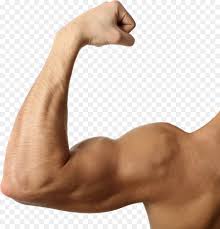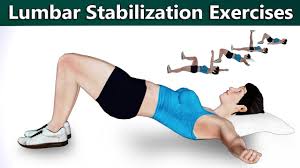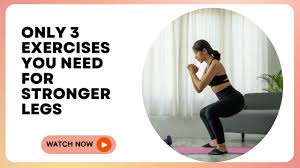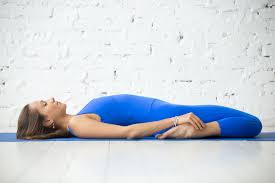Biceps muscle exercise
Table of Contents
Introduction
- Biceps muscle exercise Helps to Activates biceps muscle, Helps to strengthen the arms, Helps to fulfill daily tasks, Improves muscle function, Improves flexibility, Increases the range of motion, Lower the risk of injury, and also Improves athletic performance.
- The Biceps brachii muscle lies on the upper arm between the shoulder and the elbow. Biceps muscles have two heads: 1)short head and 2) long head. The Short Head biceps muscle originates from the Apex of the coracoid process of the scapula and the Long Head originates from the Supraglenoid tubercle of the scapula. Both heads of the biceps muscle insert distally into the radial tuberosity. The musculocutaneous (C5, C6) supplies the biceps muscle. The arterial supply to the biceps brachii muscle varies considerably, coming from up to eight vessels originating from the brachial artery in the middle third of the arm.
- Biceps muscle exercise includes two types of exercise:
- Strengthening exercise
- Stretching exercise
Strengthening Exercises :
Health benefits of Biceps strengthening exercise :
- Helps to Activates biceps muscle
- Great for building biceps peak
- Helps to strengthen the arms
- Helps to improve forearm grip and strength
- Helps to fulfill daily tasks.
- Helps to improve muscle mass.
- Improve muscle function
- Improve flexibility
- Increases range of motion
- Lower the risk of injury
- Improve athletic performance
Static biceps
- Start this bicep exercise with your elbow at your side and bent to 90 degrees with palms facing upwards.
- Push up against your other hand tightening your bicep muscle.
- Hold for 5 seconds and repeat 10 times as hard as possible without pain or discomfort.
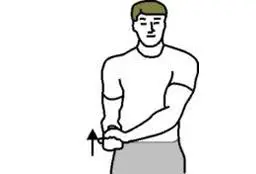
Biceps strengthening exercise with dumbells
- Start with a standing position and hold one dumbbell with each hand down the side of your body, palms facing each other.
- Raise both dumbbells until they reach your shoulders’ height and slowly lower them back down after a short time.
- DO NOT jerk your upper body in an effort to help you lift the weights.
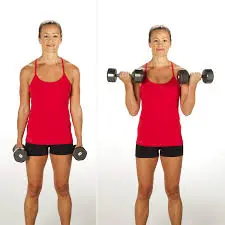
Resistance band biceps curl
- Start this bicep strengthening exercise with a resistance band under your feet and around your hands.
- Your back and elbows should be straight.
- Then Slowly bend your elbows against the resistance band tightening your biceps muscle.
- Perform 3 sets of 10 repetitions as far as possible and be comfortable without pain or discomfort.
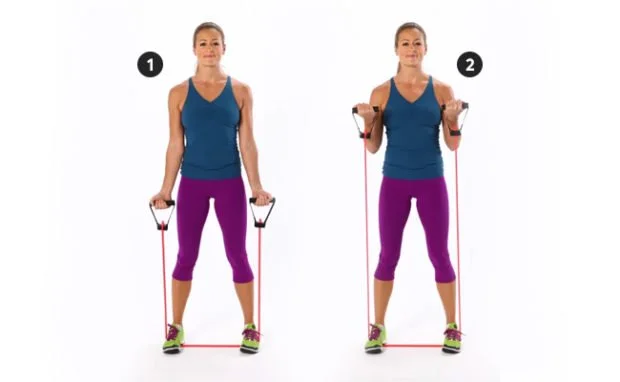
Resistance Band Bicep Curls with Extension
- Start this bicep strengthening exercise by holding a resistance band with your arms slightly behind your body and your elbows should be straight. Keeping your back straight and upper arms still, slowly bend your elbows against the resistance band tightening your biceps muscle. Perform 3 sets of 10 repetitions as far as possible and be comfortable without pain and discomfort.
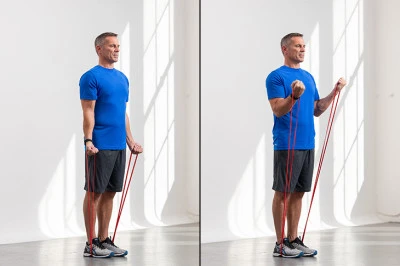
Kneeling Row with Resistance Band
- Start this biceps strengthening exercise by standing or kneeling with your back straight and holding a resistance band as demonstrated. Slowly pull your arms backward, squeezing your shoulder blades together and tightening your biceps muscle. Hold for 2 seconds and perform 3 sets of 10 repetitions provided it does not cause or increase pain or discomfort.
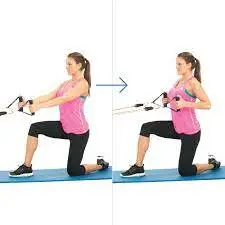
Biceps Curls Exercise
- How to do it?
- This exercise is the most traditional which targets your biceps muscle. For the Biceps Curls exercise, you need a pair of dumbbells.
- For this exercise, you have to Stand with hip-feet width apart, core engaged as you grab medium or heavy dumbbells in front of your thighs.
- Your Palms should be faced forward. Contract the biceps muscle and flexed the elbows, curling the weights up towards your shoulders.
- Your elbows should be stable and only bring the weight as much as you can lift without moving the elbows.
- Slowly lower the dumbbell, keeping a slight flexion of the elbows at the bottom.
- Repeat 10 to 15 for 2 to 3 sets.
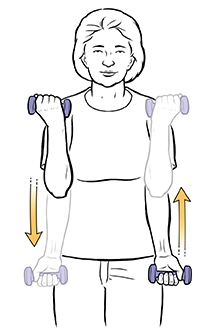
Barbell Bicep Curls
- How to do it?
- The barbell bicep curl exercise is a good way to work both heads of the biceps with more weight than we can typically handle with dumbbells.
- For this exercise, you have to stand with his feet apart and core engaged as you hold the barbell in front of the thighs, the palm should be facing up.
- Contract the biceps and flex the elbows, curling the barbell up towards your shoulder.
- Your elbows should be stable and only bring the barbell as much as you can lift without moving the elbows.
- Slowly lower the barbell, keeping a slight flexion of the elbows at the bottom.
- Repeat for 2-3 sets of 10-15 repetitions.
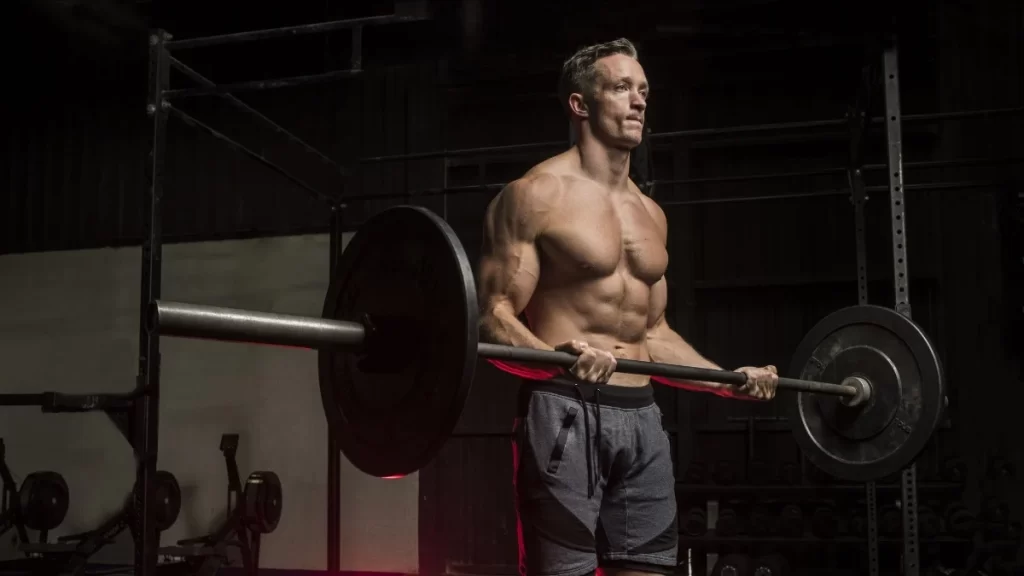
Incline Bicep Curls on the Ball
- How to do it?
- There have not many ways to change a bicep curl, but one way to make the exercise a bit more challenging is to do them on an incline position.
- You can do this exercise on an incline bench or exercise ball.
- Because you are at an incline position, you will have to work a bit harder against gravity, so you may want to use a low weight.
- For this type of exercise, you have to Sit on the ball with the barbell resting on your thighs.
- Slowly move your feet forward until you are at an incline position with the ball supporting your back, weights hanging down with palms facing outward.
- Flex your elbows and bring the barbell towards the shoulder without swinging the arms.
- Now Lower the weight down, keeping a slight flexion of the elbow at the bottom of the movement.
- Repeat for 2-3 sets of 10-15 repetitions.
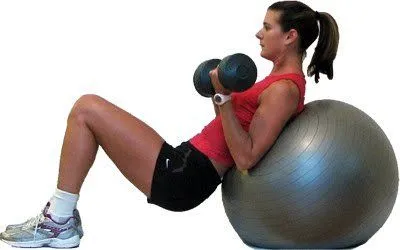
Bicep Curls With Alternating Arms
- How to do it?
- If you are looking for a simple way to change your bicep exercises, you can try alternating Bicep Curls.
- By alternating the arms, you can change the exercise just a bit and may be able to use heavier weights than you use in a regular curl.
- Because a single arm gets a bit of a rest while the other arm works, you may find heavier weights a better choice.
- For this exercise, you have to Stand with hip-feet width apart, core engaged as you grab medium or heavy dumbbells in front of your thighs.
- Your Palms should be facing forward. Contract the biceps muscle and flexed the left elbow, curl the dumbbells up toward the shoulders, and your elbow should be stationary.
- Lower the dumbbell, and keep slight flexion in the elbow o keep tension in the muscle.
- Repeat this movement with your right arm, and continue curling for alternating arms for 2 to 3 sets of 8 to 12 repetitions.
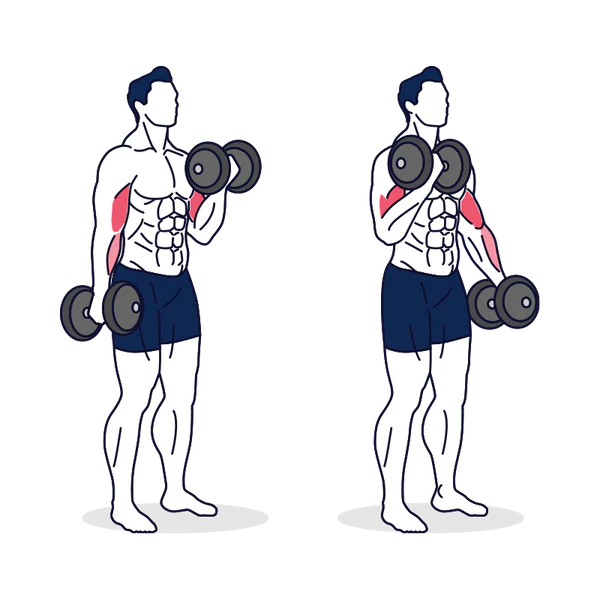
Preacher Curls on the Ball
- How to do it?
- The preacher curl is just a variation of the basic bicep curl.
- By placing your arms at an angle, you can challenge both heads of the biceps muscles so you may need to use low weight with this move.
- In this variation, a ball is used to create the angle but you can also do this movement on the preacher bench.
- If you have any elbow issues, you can skip this exercise.
- For this exercise, you have to hold the dumbbells and kneel in front of the ball and drape yourself on the ball and both arms are parallel to each another.
- Slowly lower the weight until your arms are fully in extension.
- Engage the biceps to raise the weights until the forearms are vertical to the back of the upper arm. Repeat for 1 to 2 sets of 10 to 20 repetitions.

Hammer Curl
- How to do it?
- Like the all-curl variation exercise, the hammer curl also targets the biceps muscles. But in this, your hands are in rotation, and the forearms also get a bit more attention in this exercise.
- Changing the hand position can also make the Hammer Curl exercise challenging differently, so you may do these in combination with regular curls or barbell curls to target the full range of the biceps muscle and the forearms.
- For this exercise, you have to stand with feet hip-width apart, core engaged as you hold a medium to heavyweight in front of the thighs. both palms face each other. Contract your biceps muscle to curl the dumbbells towards the shoulder.
- Your elbows should be stable and only bring the weight as much as you can lift without the elbow movements.
- Slowly lower the weight, keeping slight flexion of the elbows at the bottom.
- Repeat for 3 to 23 sets of 10 to 20 repetitions.
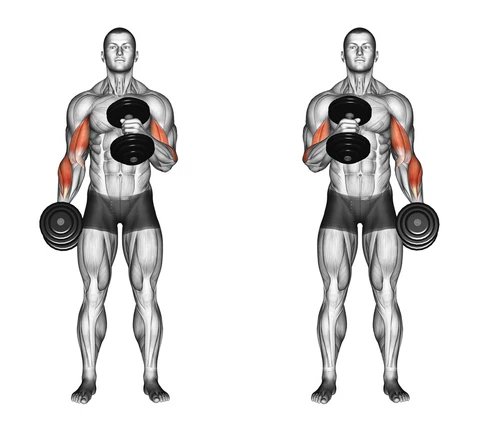
Concentration Curls
- How to do it?
- This is a great workout for the biceps to increase the blood flow of the muscle.
- For this exercise, you have to take a sitting or kneeling position and grab the dumbbell in your right hand.
- Bend forward, your abdominals should be engaged, and prop the right elbow against the right thigh.
- Contract the biceps muscle and curl the hands towards the shoulder without the elbow movement.
- You don’t have to touch your shoulder.
- Lower the weight down and repeat for 2 to 3 sets of 10 to 15 repetitions on each side.
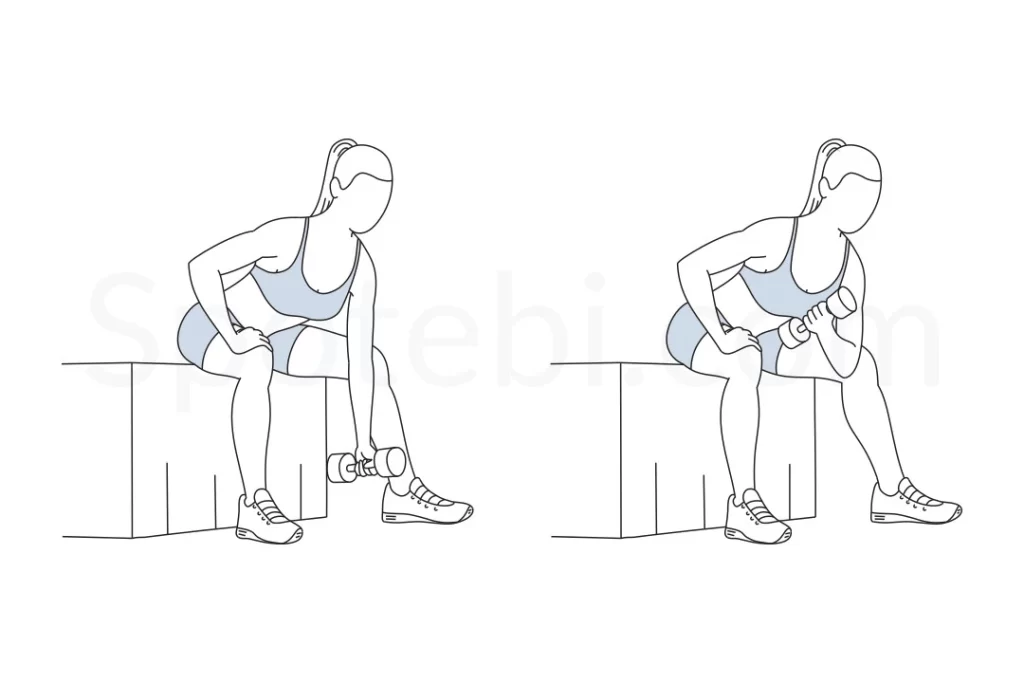
Barbell Concentration Curl
- How to do it?
- In this exercise, you are in a bent-over position, which shortens the range of motion and requires the abdominals and back to work harder to keep you stable.
- Because the range of motion is short, you will feel this exercise, so start with a lighter-weight exercise if you are new to this exercise.
- For this exercise, you have to sit in a chair or on a bench and hold a medium-sized barbell with hands about shoulder-width apart.
- Now bend over, the back should be flat and core engaged, and prop the elbows on the inside of the thighs. start the movement with arms extended, barbell hanging down to mid-shin level.
- Contract the biceps to curl the weight up as high as you can (in this shorter range of motion is used) now lower the weight down, and keep slight flexion of the elbows on the inside of the thighs.
- Repeat for 2 to 3 sets of 10 to 20 repetitions. Throughout the movement, the back should be straight.
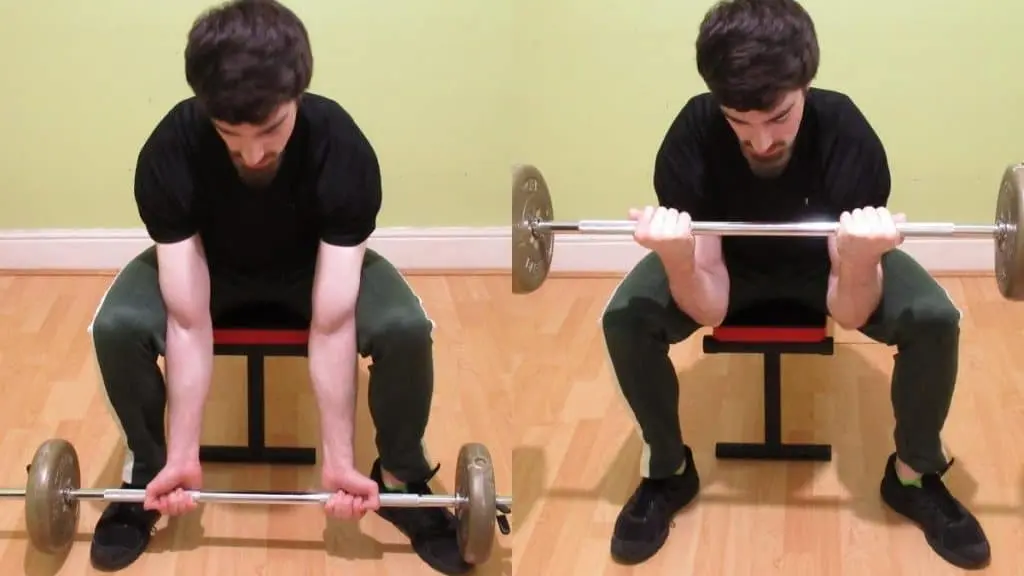
One-Arm Preacher Curl on the Ball
- How to do it?
- The preacher curl exercise is the best exercise for isolating the biceps muscles.
- By resting your arm on the preacher bench or exercise ball, you take the momentum out of the movement, allowing the biceps to do all the work.
- If using a ball for this exercise, then practice with your positioning until you can feel supported and able to do exercise in good form throughout the exercise then only use it.
- Place a medium to heavyweight on the floor in front of you and roll forward on the ball so that the trunk is supported.
- Extend your left arm over the ball and hold the dumbbell, keeping the back of the arm resting against the ball.
- Take care not to hyper-extend the elbow here.
- Make sure you are forward enough on the ball that you can reach the dumbbell safely. Contract the biceps to curl the dumbbell up toward your shoulder, your wrist should be straight.
- Lower back down, without locking the elbow joint, and repeat for 2 to 3 sets of 10 to 15 repetitions on each side.
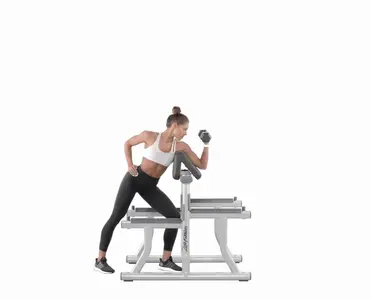
Cable Curl
- How to do it?
- For this exercise, you need a cable curl machine for the exercise instead of dumbbells and kettlebells.
- In this variation, there have many different hand positions to build your biceps strong.
- When the cable handles are used, you adjust the standard underhand grip, overhand grip, or hammer grip.
- There are straight bar and EZ bar cable attachments in this machine.
- The angle of the curl is adjustable in this. A high cable curl position will work your front deltoids and upper pectorals muscle as the upper arm will be held parallel to the floor with an external rotation of the shoulder joint to contract the biceps brachii muscle during elbow flexion.
- On another side, a low cable curl grip needs for slight pinch in your upper back to retract shoulder blades and keep your chest open during the curl.
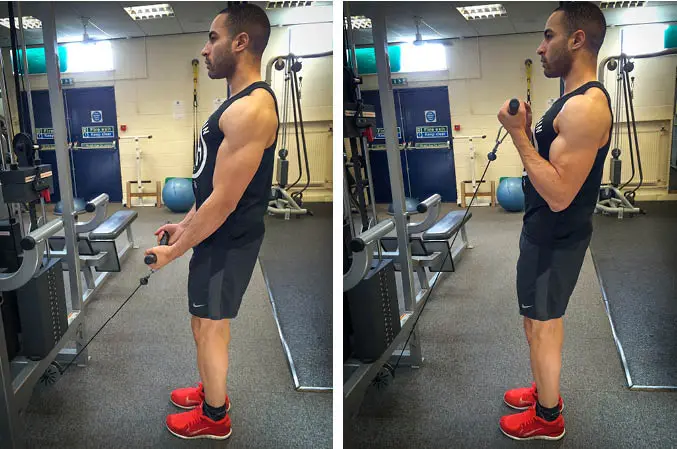
Zottman Curl
- How to do it?
- This variation of curl is most of done with dumbbells, kettlebells, or bands. this variation of exercise requires rotation from the wrist.
- you have to start this with the standard curl like palms up.
- when you bend your elbow and bring the weight toward the shoulder, your palms rotate away, and contract forearm muscles.
- when the arm is straight, you have to rotate your wrists back to the supinated position for the next repetitions.
- For this exercise variation, I will suggest a lighter weight to protect the lower arm muscles.
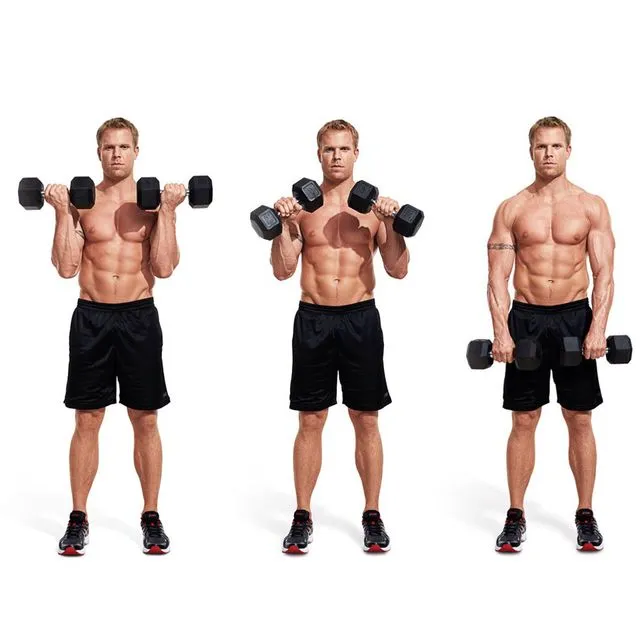
When you do not have to do this exercise?
- If you feel pain during this exercise.
- If your arm bone is fractured.
- If your physician advised you to take rest.
- If you are recently injured.
Stretching exercise
Benefits of Bicep Stretches
When done properly, bicep stretching can:
- Activate bicep muscles and blood flow: The best stretches will stimulate your muscles, decrease muscle tightness, and increase blood flow to the area. A bicep muscle stretch can make it easier to use the right muscles when lifting weights (whether you’re lifting dumbbells, a barbell, or moving boxes) or beginning a strenuous exercise program like yoga, strength training, or a sports session.
- Increase your short-term range of motion: Bicep stretching exercises increase your range of motion(ROM), allowing you to perform deeper stretches or fully activate a specific muscle. If you feel so much stiffness or tightness in your arms or are about to do an arm workout and want to perform as much of the motion as possible, bicep stretches are a great way to Reduce tightness and increase the short-term range of motion.
- Increase long-term flexibility: Over time, consistent, safe bicep stretches can improve your long-term flexibility, allowing you to perform deeper stretches and hold stretches longer.
- Relieve muscle soreness: Athletes commonly stretch before or after a workout to relieve muscle soreness, some personal trainers argue that bicep muscle stretching doesn’t significantly affect sore muscles or pain relief. However, some researchers suggest that stretching your biceps muscle may offer relief in the form of a placebo effect since it activates your muscles and can help you believe that your soreness will subside.
Tips for Stretching Your Biceps
Here are some tips to keep your bicep muscle stretching safe and effective:
- Use bicep stretches before a workout: Bicep muscle stretches are a common routine for weightlifters, who typically perform them before attempting a biceps exercise like bicep curls. Stretching immediately before a lift improves blood flow to the biceps and establishes a deeper mind-muscle connection, helping to focus your lifting efforts and maximize the effectiveness of a particular lift.
- Warm-up: Even though bicep muscle stretching may seem like a relatively low-energy stretch, avoid stretching “cold,” or from a completely sedentary or resting state, which can shock your muscles and increase your risk of injury. Instead, warm up before you stretch by taking a quick walk, jogging in place, or doing another brief cardio workout to increase your heart rate and get good blood circulation to your biceps muscles.
- Breathe during the stretch: Deep breathing is an essential part of stretching because it helps relax your muscles and improves blood flow. As you perform each biceps muscle stretch, take a break and focus your attention on your inhales and exhales. You may even time your stretches to several breaths to help recenter yourself on your breathing.
Types of Biceps stretching exercise
There are various types of biceps stretching:
- Shoulder extension with a cane
- Biceps stretch sitting on a chair
- Bilateral biceps stretch
- Biceps stretch with tubing
- Biceps stretch in lying
- Assisted biceps stretch lying
- Standing biceps stretching
- Seated biceps stretching
- Doorway biceps stretching
- Wall bicep stretching
- Horizontal arm extensions
- Horizontal hand rotations
Shoulder Extension with a cane
- To perform this exercise Take a standing position. Use a cane to do this stretching. one end of the cane hold my right hand and the other end with the left hand, so the right biceps feels a stretch.
- Now keep your right elbow straight and use your left arm to push the right arm backward with a cane.
- Hold the end position for 10 to 15 seconds and back to starting position.
- Repeat this motion 5 to 6 times.
- Now perform this on the left hand.

Biceps stretch sitting on a chair
- To perform this exercise Take a sitting position on a chair. Place your palms on the chair in a flat position and your fingers are signaling backward.
- Slowly bend backward until you feel a stretch in the front side of your upper arm.
- Hold the ending position where you felt stretched approx 10 seconds.
- Repeat this stretching 8 to 10 times.
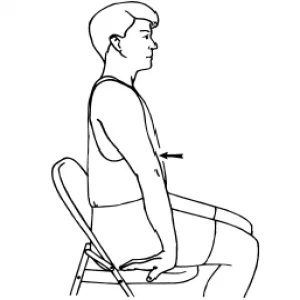
Bilateral biceps stretch
- This exercise is performed in a standing position. Place your both arms straight and your fingers are interlaced.
- Then start raising your arms upwards in front of you until they reach the overhead position.
- Then hold the position where you feel stretched approx 10 seconds.
- Repeat this motion 8 to 10 times.
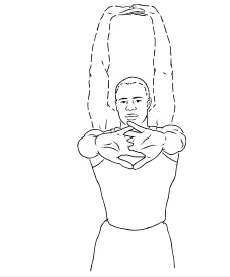
Biceps stretch with tubing
- This exercise Starts with a standing position with arms forward and straight, so palms facing downward.
- Hold both ends of the tubes in your hands and sweep up.
- Take an overhead position with tubing then behind the back and the elbow is straight.
- Hold that stretch for 10 seconds and repeat 8 to10 times.
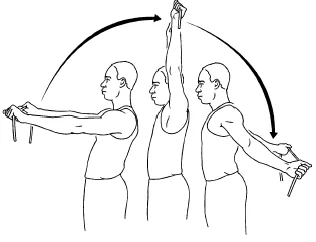
Biceps stretch in lying
- Take a supine position. Put a folded towel below your arm, slightly above the elbow.
- The arms should be slightly away from your body and the palms are facing upward.
- Then relax and lose your hands to fall with the gravity pull.
- You can feel a stretch in front of your arm.
- Hold that stretch for 10 seconds and repeat 8 to 10 times.
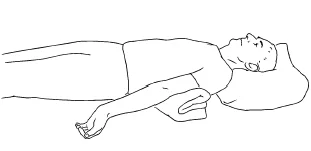
Assisted biceps stretch lying
- Take a prone position with both hands behind your back and fingers interlocked.
- Now you need one partner to raise your hands upward until you can feel stretched in front of your arm.
- Hold it for 10 seconds and repeat it 8 to 10 times.
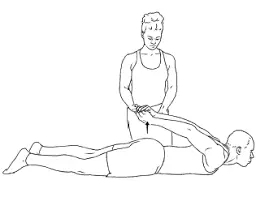
Standing biceps stretching
- To do this stretching patient position is to Stand straight and interlace your hands behind your back at the base of your spine.
- Then slowly straighten your arms and turn your palms downward.
- Then raise your arms upward as much as possible.
- When you felt stretched, stop and hold it for 10 to 15 seconds.
- Repeat 1 to 3 times.

Seated biceps stretching
- To do this stretching patient’s position is a long sitting position on the ground. Then bend your knees, so your feet are flat on the ground in front of the hips.
- Now place your hands on the ground behind your back with the fingers pointing away from the body.
- Equally distribute your body weight between your arms, feet, and buttocks.
- move your buttocks forward Slowly without moving your palms.
- If you feel stretched in front of your arms then hold the position approx 30 seconds.
- Return to your starting position and take rest for a few seconds.
- Repeat it 2 to 4 times.

Doorway biceps stretching
- Stand in a doorway with your left hand holding the doorway at your waist level.
- Take a step forward with your left foot and bend the knee, then transfer your weight forward.
- You can feel a stretch in your left arm and shoulder while keeping your elbow slightly bending position.
- Hold it for 30 seconds and repeat on your right side.
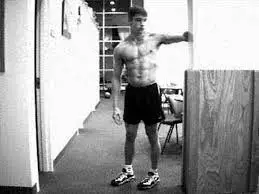
Wall bicep stretching
- Press your left palm against a wall or steady object.
- Slowly rotate your body away from the wall.
- You feel a stretch in your left arm, chest, and shoulder.
- Hold it for 30 seconds and repeat it on the right side.
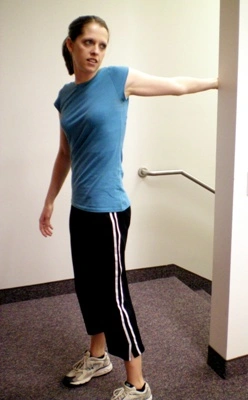
Horizontal arm extensions
- You can perform this exercise in a standing or sitting position. This stretch combines active motion with stretching.
- To do this stretching: Extend or abduct your arms out to your side, so they are parallel to the floor.
- Then turn the thumbs downward so the palms are facing behind you.
- Hold this for 30 seconds. Now pulse the hands forward and backward for 30 seconds.
- Do it for 2 to 3 sets and gradually increase the holding time.

Horizontal hand rotations
- This stretching exercise gently stretches your biceps muscle.
- To do this stretching: Stand straight with your arms abducted forward up to 90 degrees, palms facing the ground.
- Then do the forward rotation of the shoulders by turning the thumbs downward.
- Then return to your initial position.
- Then again rotate your shoulders, but this is a backward rotation by turning the thumbs upward.
- Return to the starting position.
- Perform 2 to 3 sets for 1 minute.

Common Mistakes done during the Biceps stretching
Avoid some common mistakes for effective and safe biceps stretching:
- Arching/Rounding the Back– Arching or rounding your back indicates bad posture while doing the movement. Focus on proper body mechanics and spinal awareness to perfectly stretches the biceps muscle.
- Overstretching– Overstretching may increase the chances of muscle injury. Do the movement by stretching to a point of tension, not to pain. This will increase your stretching exercise benefit, lower the chance of potential injury, and promote a good experience.
- Bouncing During the Movement– The bicep stretching is not bouncing but this is a controlled motion that includes a static stretch. It is suggested to avoid ballistic stretching because the muscles/tissues are more prone to injury.
- Assure You’re performing The Right Exercise: Assure with your therapist before starting a stretching if you are doing right or wrong to avoid another muscle injury.
- Issues With Over-Extension: If you are feeling any type of discomfort or pain during the stretching exercise, then stop right there because you may do it incorrectly and causes injury.
- Equipment Safety: While using an elasticated resistant band use precautions, to assure it doesn’t snap back to you and hit you in the face.
Biceps exercises at home
- Static biceps
- Biceps curl
- Hammer curl
- Concentration curls
- Pull up
- Push up
- Shoulder extension with a cane
- Biceps stretch sitting on a chair
- Bilateral biceps stretch
- Biceps stretch with tubing
- Biceps stretch in lying
Biceps exercise in the gym
- Biceps curl
- Hammer curl
- Concentration curls
- Incline dumbbell curl
- Reverse barbell curl
- Cross-body dumbbell curl
- Pull up
- Push up
Best bicep exercises
- Static biceps
- Biceps curl
- Hammer curl
- Concentration curls
- Pull up
- Push up
- Shoulder extension with a cane
- Biceps stretch sitting on a chair
- Bilateral biceps stretch
- Biceps stretch with tubing
- Biceps stretch in lying
Bicep exercises with dumbbells
- Biceps curl
- Hammer curl
- Concentration curls
- Incline dumbbell curl
- Drag curl
- Reverse barbell curl
- Cross-body dumbbell curl
- Seated dumbbell curl
Bicep exercises for women
- Biceps curl
- Hammer curl
- Concentration curls
- Cross-body dumbbell curl
- Seated dumbbell curl
- Reverse barbell curl
- Shoulder extension with a cane
- Biceps stretch sitting on a chair
- Bilateral biceps stretch
- Biceps stretch with tubing
- Biceps stretch in lying
Best bicep exercises with dumbbells
- Biceps curl
- Hammer curl
- Concentration curls
- Cross-body dumbbell curl
- Seated dumbbell curl
- Reverse barbell curl
- Dumbbell biceps curl
Bicep workouts for mass
- Seated Alternating Dumbbell Curl
- Alternating Incline Dumbbell Curl
- Seated Alternating Hammer Curl
- Standing Reverse Barbell Curl
- Standing Cable Curl
FAQ
The best Biceps workout is Barbell Curl, Chin-Up, EZ-Bar Preacher Curl, Hammer Curl, Incline Dumbbell Curl, Facing-Away Cable Curl, and Reverse-Grip Bent-Over Row.
The 3 basic exercises we can do to strengthen the biceps muscle are Single arm dumbbell preacher curl (Sets 3 Reps 6 to 8 Rest 90sec), Incline dumbbell curl (Sets 3 Reps 8 to 10 Rest 90sec), Dumbbell hammer curl (Sets 3 Reps 10 to 12 Rest 90sec).
Yes, you can do bicep curls exercise every day as a tactic to increase the size of your arms. However, you might want to consider the daily volume that you do (the sets and repetitions), and whether or not it is absolutely necessary for you to train your arms every day in order to see the progression.
To increase biceps size fast you can do Bicep exercises, Concentration curls, Cable curls, Barbell curls, Chinup, Tricep exercises, Triangle pushups, and Tricep kickbacks.
The biceps muscle could take anywhere from a week to five months to grow an inch (average). Yet, with the right diet, training schedule, and supplements, an inch of growth could take 2 to 3 months. If your gains are slowing, take a closer look at your routine, compare it to the above tips, and make any changes you see fit.

